Chinese media releases ‘staredown’ diplomat clip as tensions continue to rise between China and Japan
A state-linked video showing a tense post-meeting exchange between senior Chinese and Japanese diplomats has heightened bilateral tensions, with Japanese media viewing the footage as a deliberate attempt by Beijing to project diplomatic superiority.

- A video released by Chinese state-linked media showing a stern exchange between senior diplomats has intensified China–Japan tensions.
- Japanese media widely interpreted the release as a deliberate move to project Chinese diplomatic superiority.
- The diplomatic rift follows remarks by Prime Minister Sanae Takaichi suggesting possible Japanese involvement in a Taiwan contingency.
The release of a 20-second video by an account affiliated with China Central Television (CCTV) has added fresh strain to already tense China–Japan relations.
The footage appeared on 19 November, one day after director-general-level talks were held in Beijing.
According to Japanese media reports, including the Asahi Shimbun, the video appeared to highlight Chinese diplomatic dominance.
The meeting involved Liu Jinsong, Director-General of the Department of Asian Affairs at China’s Ministry of Foreign Affairs, and Kanai Masaaki, Director-General of the Asian and Oceanian Affairs Bureau at Japan’s Ministry of Foreign Affairs.
The two officials met in Beijing as relations cooled sharply following remarks by Prime Minister Sanae Takaichi earlier in the month.
Takaichi had suggested that Japan could intervene if conflict were to erupt in the Taiwan Strait.
The clip shows Liu standing with his hands in his pockets and looking sternly at Kanai near the ministry’s entrance.
Kanai stands with his head slightly lowered, a posture that some viewers interpreted as submissive.
The Asahi Shimbun wrote that it was unusual for CCTV to release a video seemingly crafted to emphasise diplomatic superiority.
The newspaper added that some local Chinese media titled their reports with phrases such as “Japanese official leaves the Chinese foreign ministry with his head bowed”.
According to the Yomiuri Shimbun, the staging suggested that Japan had been summoned for a protest.
The paper also noted internal concerns within the Liberal Democratic Party, with some questioning whether Japan would be seen as apologising.
The Mainichi Shimbun reported that the video formed part of a broader propaganda effort to portray China as leading events.
It also highlighted Liu Jinsong’s Mao suit-style attire, which analysts viewed as signalling patriotism to a domestic audience.
Japan’s Jiji Press provided further contextual detail.
Its reporter on site stated that Kanai was listening to an interpreter beside him, rather than bowing his head to Liu as the video implied.
Jiji Press called the video part of an apparent attempt to underline China’s diplomatic superiority.
During the talks, Liu demanded that Takaichi retract her comments on Taiwan.
According to a statement by Foreign Ministry spokesperson Mao Ning, the Chinese side argued that Takaichi’s remarks violated international law and undermined the one-China principle and bilateral political documents.
Mao said the comments had triggered “strong outrage and condemnation from the Chinese people”.
She added that Japan must retract the remarks and “repent and change course”.
When asked about the future of the bilateral relationship, Mao argued that the “current situation” stemmed from Takaichi’s “blatant” statements.
Japan’s Foreign Ministry later said that Kanai had strongly protested earlier comments by the Chinese consul general in Osaka, who had made an extreme reference to “cutting the neck off” the prime minister.
Kanai called the remarks highly inappropriate and requested corrective action.
Kanai also challenged China’s advisory for Chinese nationals to avoid travelling to Japan.
He argued that Japan’s public safety had not worsened and urged China to ensure the safety of Japanese nationals in China.
The ministry said Liu had reiterated China’s positions.
It added that Kanai had countered them and restated Tokyo’s long-held stance.
Kyodo News reported that the divide between the two governments remains wide.
It said tensions are likely to persist despite ongoing exchanges.
According to Kyodo, Vice Foreign Minister Takehiro Funakoshi is expected to meet Wu Jianghao, China’s ambassador to Japan, in the near future.
Observers in Tokyo told Kyodo that Beijing likely released the footage intentionally to present itself as holding the diplomatic upper hand.
Japanese media, including the Asahi Shimbun, reiterated that the decision to broadcast such visual messaging at the working-level was “unusual”.
They assessed that the clip sought to cement an impression that Japan had come to Beijing to explain itself.

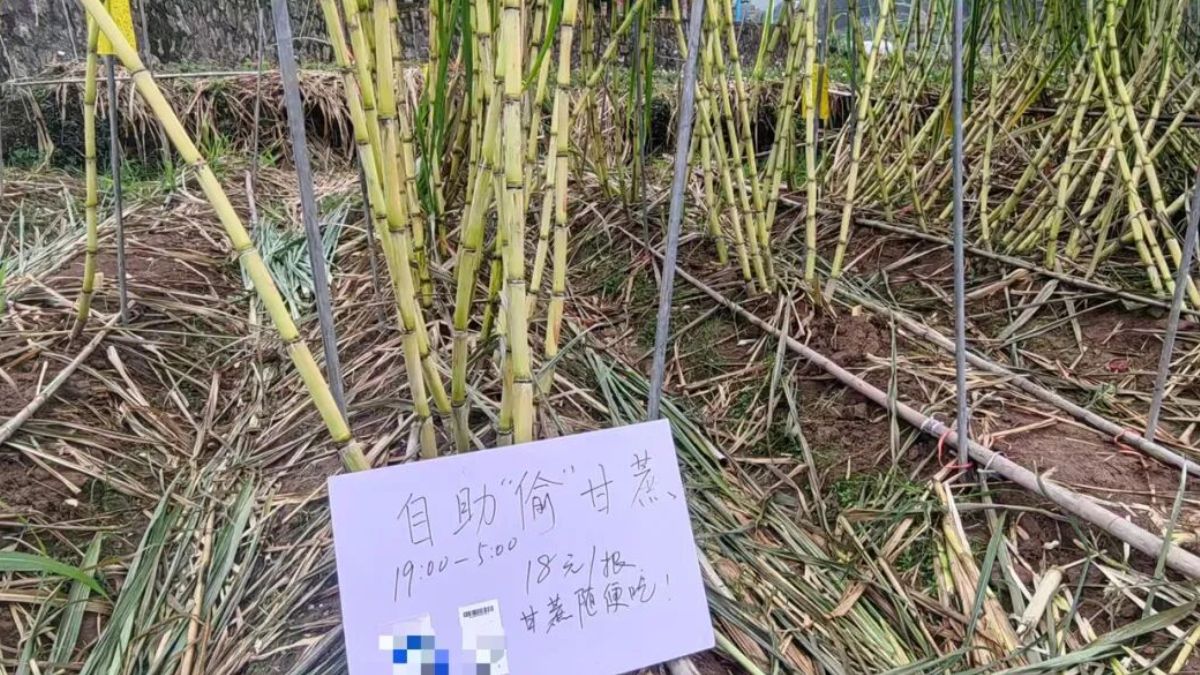
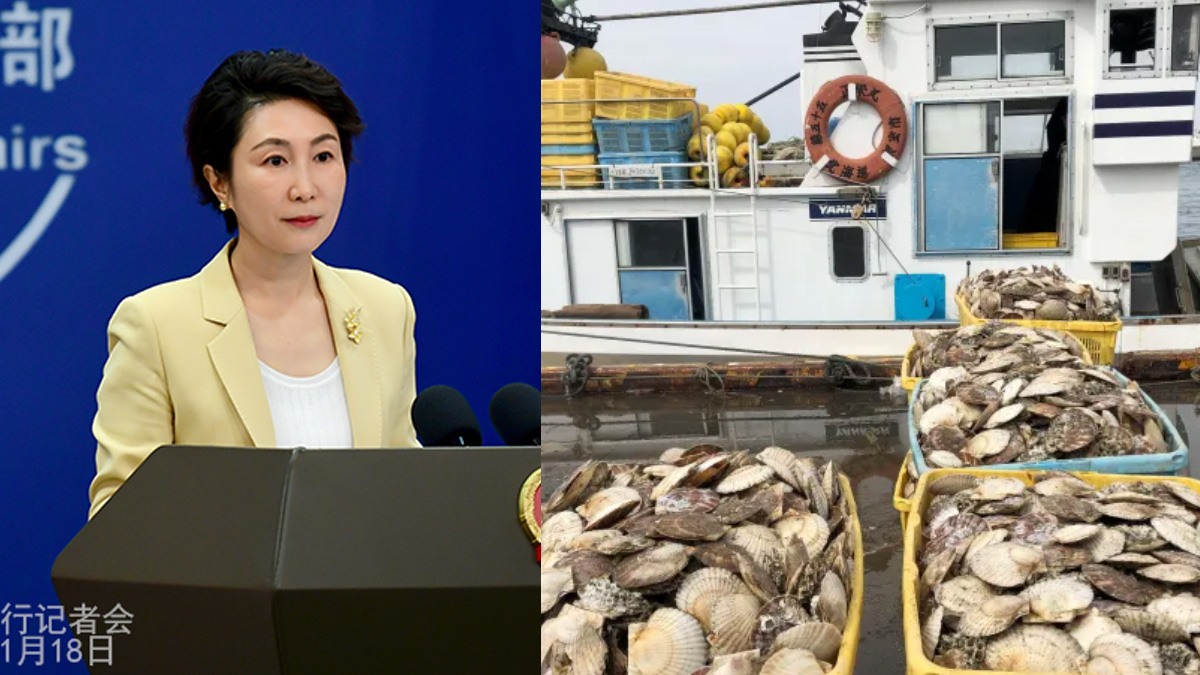
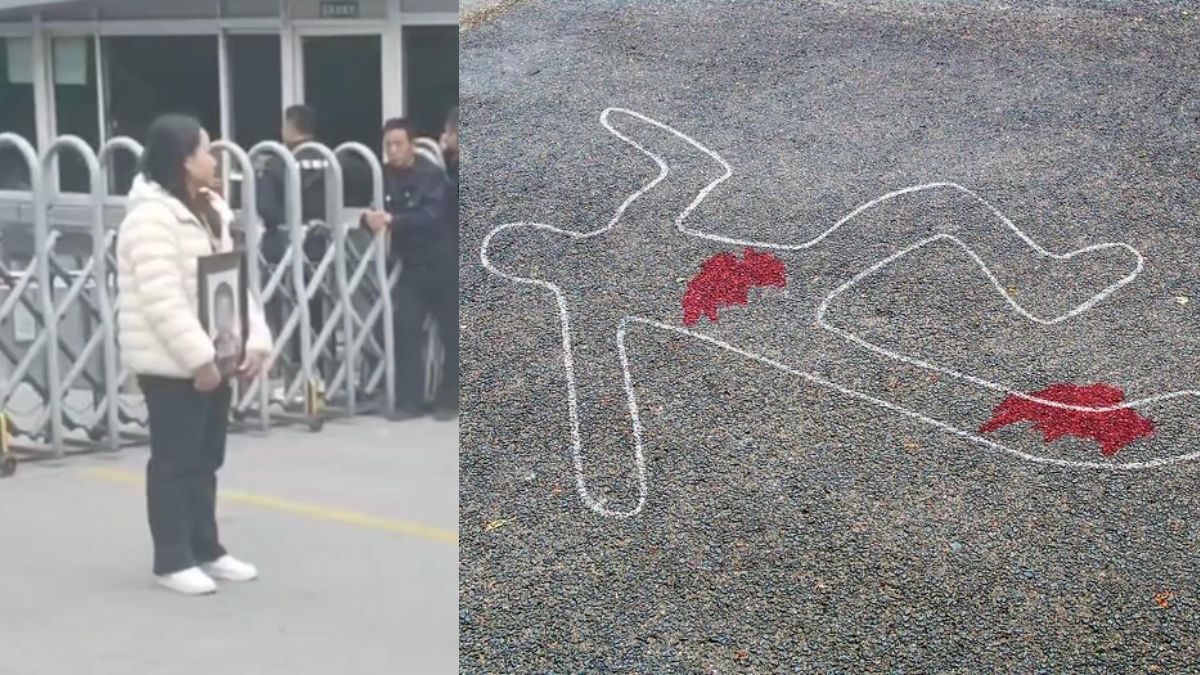
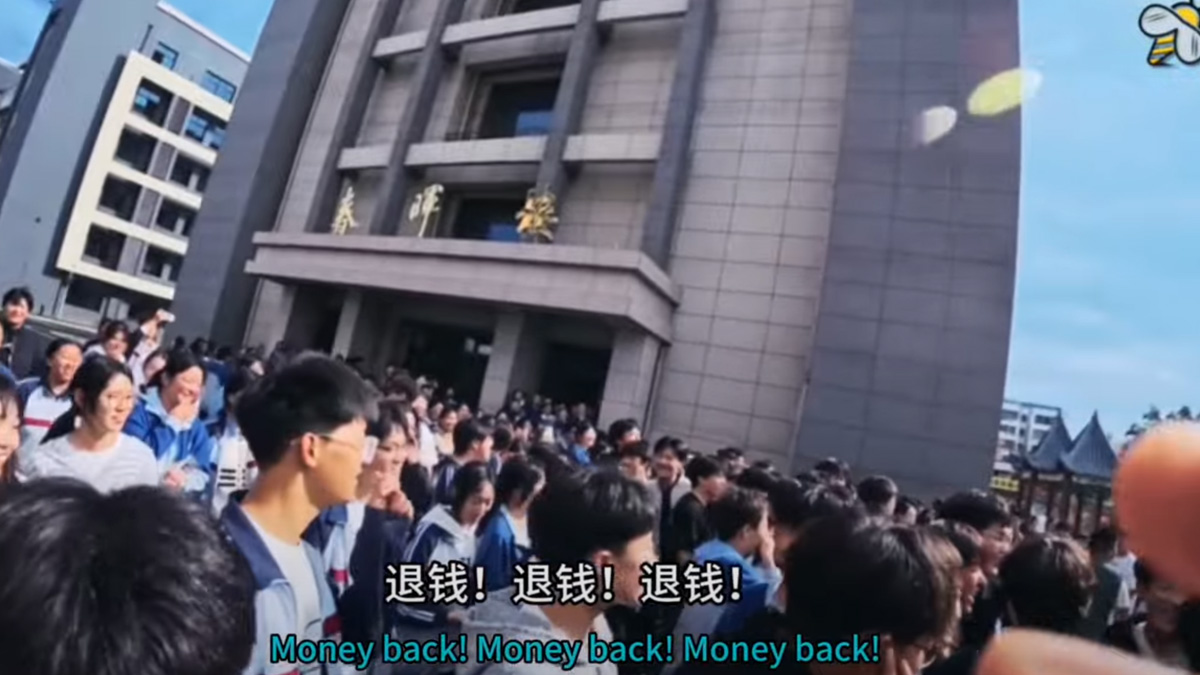
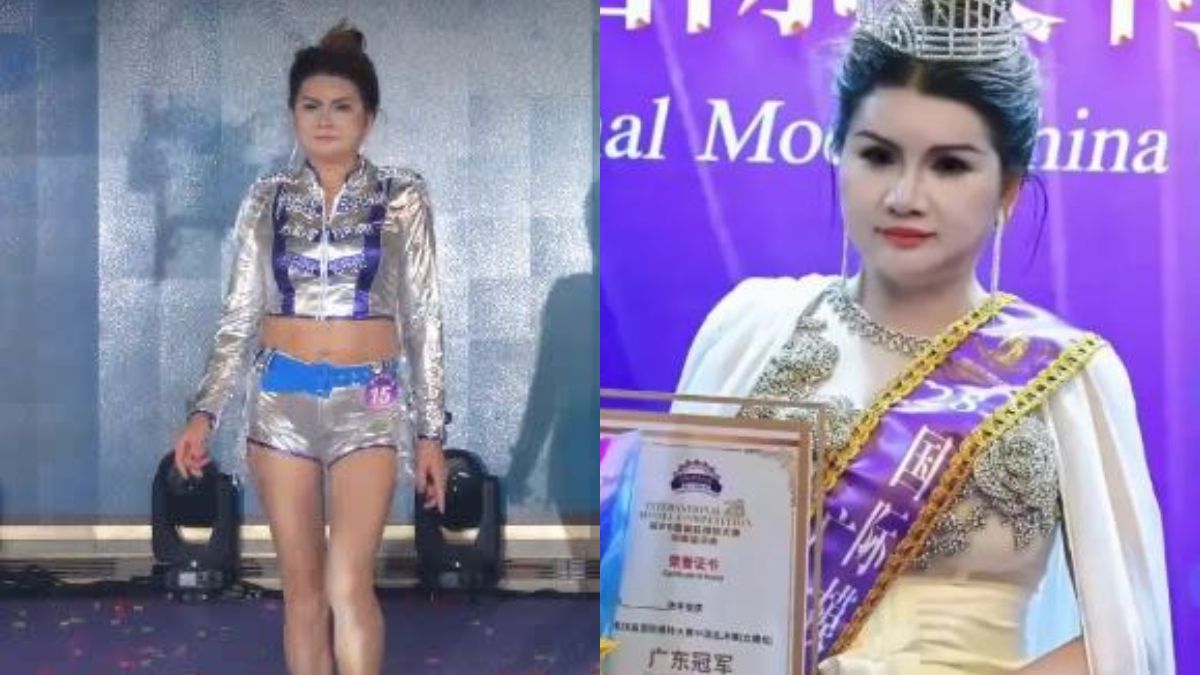
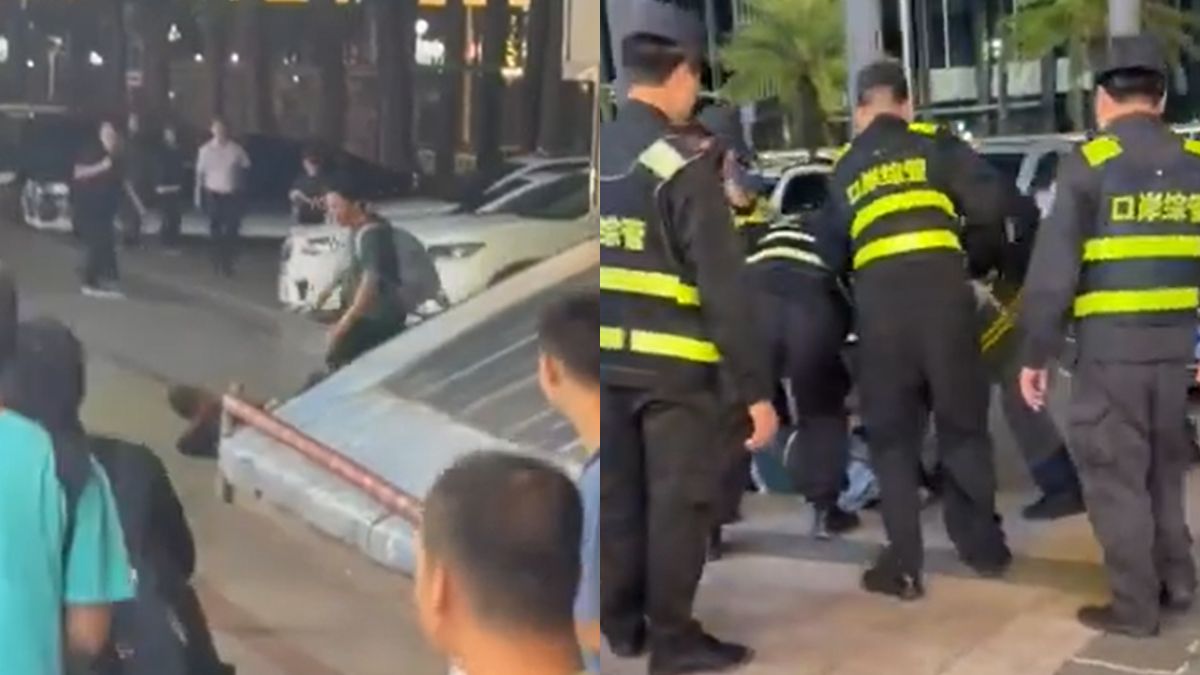
0 Comments